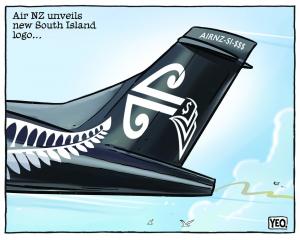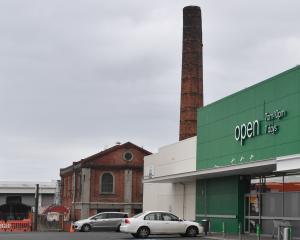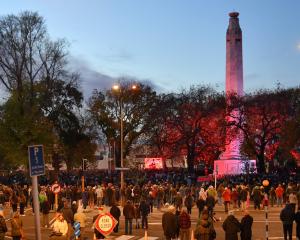Almost five years after the catastrophic collapse of Christchurch's CTV building in the February 22, 2011 magnitude 6.3 earthquake, police now say their investigation into the building's failure - due to be finished by the end of 2015 - will not be completed until some time this year.
Of the 185 people who died in the February quake, 115 were at the CTV site.
Few people can forget the haunting images of the fallen building and teetering lift shaft, the fire and smoke, the responders who worked through the night to try to rescue people, the desperate phone calls made to loved ones alive and trapped. It was our ‘‘ground zero''.
And for the friends and relatives of the victims, it must feel like there has been zero meaningful progress.
It has not been for want of trying.
The Government was quick to act, setting up the Canterbury Earthquakes Royal Commission of Inquiry, tasked with examining the failings of the CTV, Pyne Gould Corporation, Forsyth Barr and Hotel Grand Chancellor buildings (and then widened to include any other building which caused loss of life).
The commission began its work in April 2011 and released three reports; the third and final one in December 2012. It found 20 years of engineering, construction and council errors and failures led to the CTV building's collapse.
It was most critical of Alan Reay, the principal engineer, whose company, Alan Reay Consultants Ltd (now Engenium Consulting Engineers) designed the building.
Dr Reay was criticised for tasking structural engineer David Harding with the design of the building despite his inexperience, failing to adequately supervise him, not reviewing the design plans, and convincing council buildings engineer Graeme Tapper to sign off the building.
The findings brought no closure for the families, however, as the role of the commission was not to apportion liability.
A group of relatives seeking accountability then laid a complaint with the Institute of Professional Engineers New Zealand, the industry's professional body.
Dr Reay took to the High Court to try to stop procedures, saying Ipenz lacked the jurisdiction to investigate him. In May 2014, Ipenz dropped its investigation after it was revealed Dr Reay had resigned from the institute in February.
The last hope for families, then, has been the police's investigation. More than 100 people have been interviewed and several search warrants executed (including a raid on Engenium's offices).
The first phase - a physical re-build and testing of critical elements of the building structure - is undoubtedly complex.
It is desirable police are methodical in their approach, but further time - to even determine whether there is enough evidence to lay criminal charges - seems so unfair.
It is likely the fifth anniversary of the tragedy will come and go next month, and the families will still be waiting.
There are those who feel it is time to move on. Much money has been spent on the various inquiries and investigations.
Multiple failings by various parties complicate the issue of liability. The combination of two big earthquakes was the death knell for a great many buildings.
Lessons have been learnt and seismic rule changes have been made around construction and earthquake strengthening.
But, as is the case with the Pike River mine disaster, the longer the process drags out, and the less likely any chance of accountability and justice, the harder it is for the families of those killed to put the past behind them.












